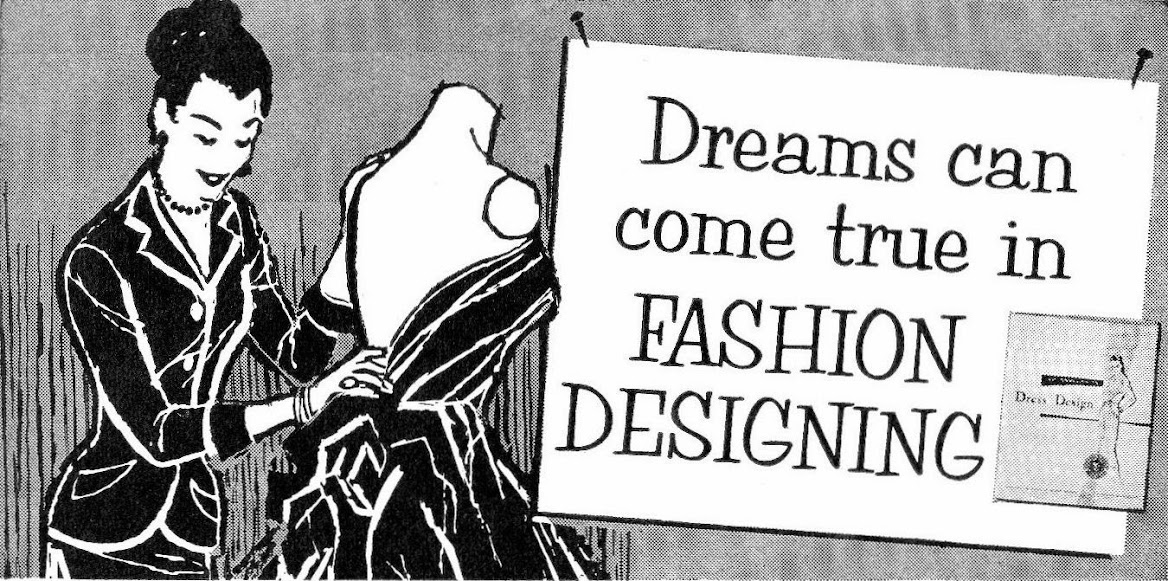Sunday Again! That means its time for another Dress Form evaluation installment.
Last week I posted a list of what I use my dress forms for so lets refresh.
1. Design analysis
2. Hemming
3. Draping / Patternmaking
4. Fitting
5. Decoration
Obviously any dress form will work for decoration and in fact the more decorative it is the better:)
Industrial Dress forms like Wolf, Superior, Fabulous Fit, etc have some better features then those made for the home sewer. What I mean by better is that they make your job of 1) designing, 2) Hemming 3) Pattern making, and 4) Fitting easier.
Let's start another list shall we?
1. Collapsible shoulders and sometimes hips.
The shoulders on professional forms collapse into the body from the waist to allow you to put clothes on over the top.
This replicates how you curve your shoulders forward to avoid unzipping the zip.
This feature is exclusive to professional forms.
It is helpful in getting finished garments on and off the form.
It is also helpful borderline essential when creating strapless garments.
2. A heavy metal base with wheels
This allows you to drag the form around the studio by the neck or shoulder with out tipping. It also allows you to apply some pressure for draping and pattern making with out falling over. The foot pedal raises and lowers the form securely adjusting the height for comfort and or hemming.
Not a critical feature for any of our needs, but it does make life easier:)
3. An accurate seamed cover
This feature accurately identifies the Center Front/Back seams, princess seams, neck and side seams. panty lines, bra lines, etc. These seams can be felt through your muslin or most fabrics to help you identify where pattern pieces are to large or to small.
This is critical for 4 out of 5 of our needs. Pattern making, draping, hemming,fitting and Design analysis.
This feature can and should be created on your personal form as well.
4. A Natural Linen Cover
The linen cover is extremely durable, completely smooth and has a slick finish to it which allows your garment to hang naturally. Important when you want to see how the fabric will hang on a body. The natural color allows you to see your garment with out adding visual noise to your design.
This is a nice feature, but not required and can certainly be replicated on your personal form.
5. Arms
A firm flexible arm can be purchased to attach to your form.
These are used primarily in the rtw industry though.
Generally the arm is to narrow to be effective for personal forms.
This feature can be replicated more accurately on a personal form.
6. A pinnable surface
Pinning securely into the form is critical for all 5 of our stated needs. Even when using a form for decorative purposes you will find this helpful for securing elements.
Professional forms do generally have a superior surface for this. They are made from a paper mache base, covered with batting and then covered with linen. This combination creates a firm secure pinning surface which plastic, duct tape, and foam cannot equal. Later in the series we will discuss another way of achieving this on our personal forms.
Professional forms come in standard measurements and cannot be adjusted after purchase except thru the use of padding. You certainly cannot make them smaller, but if all the length measurements are correct and you just need to thicken the waist, add a cup size to the bust, or add some more to the hip, abdomen or buttocks you can layer some cotton batting(as used in quilting).
Fabulous fit has a body pad set which provides various foam pieces to do this with. I have used this with varying degrees of success.
In the RTW industry after creating patterns and making design decisions using the form they make a sample garment and then call in their fit model. A fit model is a person whose measurements are the same as the form. These gals are not easy to find and they are required to maintain their weight and measurements strictly. The sample garment is placed on the fit model to see how the garment moves and if the ease amounts allow for comfortable wear while still maintaining the design objective.
No matter how close your form replicates your body you cannot avoid this final fitting to check for ease of movement.
I hope I have covered everything, but please feel free to ask questions or provide additional comments as you see fit.

This is sooooo interesting. I have an old vintage adjustable that is okay for now but someday I hope to upgrade to a better version. This series will be so helpful for then.
ReplyDeleteHi, Lynne What is the name of the dress form manufacturer that has the accurate seamed cover which accurately identifies the center/front/back seams, princess seams, neck and side seams, panty lines/bra lines? which dress form is it? I want to purchase it. Is it Wolf, royal, superior model, PGM ? Please let me know. Thanks my email is indio6779@yahoo.com
ReplyDelete